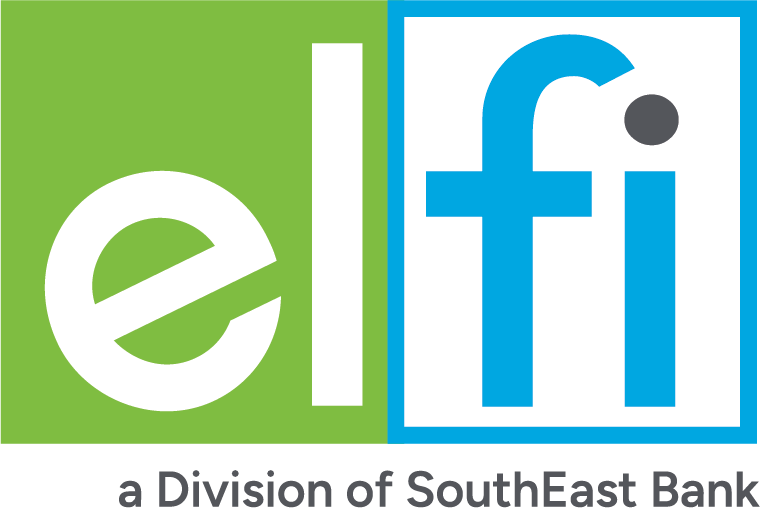How Student Loan Income-Based Repayment Is Calculated
Income-driven plans can calculate payments based on your spouse's income and debt, as well as how much you earn.
Many, or all, of the products featured on this page are from our advertising partners who compensate us when you take certain actions on our website or click to take an action on their website. However, this does not influence our evaluations. Our opinions are our own. Here is a list of our partners and here's how we make money.
The phrase “income-based repayment” sounds descriptive enough — payment amounts are based on your income. But other factors may affect how servicers calculate payments under Income-Based Repayment and the other three income-driven repayment plans including:
- The income-driven repayment plan you use.
- Your family size and location.
- Your tax status with your spouse.
- Your spouse’s federal student loan debt.
Here’s how income-based repayment is calculated, plus tips for what to do if those payments are too high.
Advertisement



Student loans from our partners

on SoFi® website
SoFi® 

Fixed APR
4.24-9.99%
Min. credit score
650
on Earnest website
Earnest 
Fixed APR
4.79-9.99%
Min. credit score
665

on Credible’s website
ELFI 

Best for faster repayment options
Fixed APR
4.88-8.44%
Min. credit score
680
The income-driven plan you use
There are four income-driven, or IDR, plans, and each generally calculates payments as a percentage of your discretionary income:
| Plan | Payment Amount |
|---|---|
| 10% of your discretionary income. This percentage will drop to 5% starting summer 2024. | |
| 10% of your discretionary income. | |
| 10% of discretionary income if you borrowed on or after July 1, 2014; 15% of discretionary income if you owed loans as of July 1, 2014. | |
| 20% of discretionary income or fixed payments over a 12-year term — whichever is less. |
You can quickly estimate payment amounts with this discretionary income calculator. Use Federal Student Aid’s Loan Simulator for a more detailed look.
Other repayment plans may offer lower payments
That 10% cap isn’t necessarily the same for every plan. For example, payments under SAVE, starting summer 2024, will always be 5% of your income, no matter how much you earn. On the other hand, PAYE limits payments so they’re never more than what you’d pay under the standard repayment plan — even if that’s less than 10% of your discretionary income.
The federal government also offers extended repayment and graduated repayment plans that can lower payments not based on your income. Income-driven plans have features these plans lack, like loan forgiveness, but consider changing repayment plans if your calculated payment grows too big.
Your family size and location
To determine your discretionary income, the Education Department finds the federal poverty guideline for your location and family size. Location won’t affect your payments unless you live in Alaska or Hawaii, but the larger your family, the less you’ll pay under an income-driven plan.
For example, let’s say your adjusted gross income (AGI) is $40,000, you live in New York and you’re single. If you went to a four-year public university under PAYE, your first payment could be $151. If you get married — increasing your family size to two — your first payment may drop to $87. Had a child? With a family size of three, that payment potentially shrinks to $23.
Updating info early can reduce payments
Since you last recertified your income-driven plan, see if you’ve had any life changes — like having a baby. Other examples could be taking a lower-paying job or losing your job altogether. In these instances, you can submit updated information at studentaid.gov or to your servicer and ask for an immediate payment adjustment.
Your tax status with your spouse
If you’re married and on an income-driven plan, monthly payments depend on your tax-filing status.
If you file taxes jointly, your payments almost always factor in your spouse’s income. Alternatively, the four income-driven plans base payments solely on your income if you’re married but file taxes separately.
Your spouse’s income could have a big impact on your monthly payments. For example, let’s say you owe $30,000, your AGI is $40,000 and your spouse’s AGI is $100,000.
- If you filed taxes separately: You would demonstrate the partial financial hardship needed to qualify for PAYE, and your first payment could be $87 based on your individual income and a family size of two.
- If you filed taxes jointly: Including your spouse’s $100,000 AGI eliminates your hardship, so you’d no longer qualify for PAYE. If you went with SAVE instead, your first payment could be $797 a month — more than nine times that $87 payment.
Examine tax filing options to pay less
Married borrowers shouldn’t choose a tax filing status based solely on their student loans, but filing separately may be an option for decreasing your payments. Talk to a tax professional to determine whether it makes sense for you to file jointly or separately based on your entire tax picture.
Your spouse’s federal student debt
If you file taxes jointly, another factor can decrease your monthly payment: your spouse’s federal student loans. Private student loans never factor into income-driven calculations.
Let’s look at our example again where your payment is $797. But now, let’s say your spouse owes $50,000 in federal student loans. Here are the steps your servicer would take to determine your payment amount.
- Calculate your combined federal student loan debt. Your $30,000 plus your spouse’s $50,000 is $80,000.
- Find the percentage of the debt you owe. $30,000 divided by $80,000 is 0.375, meaning you owe 37.5% of the debt.
- Multiply the joint payment amount by that percentage. Your new bill would be 37.5% of $797, or roughly $299.
You and your spouse can make repayment plan decisions independent of each other. If you opted for that $299 payment, for instance, your spouse is not required to pay the remaining $498. He or she could stick with standard repayment or select a different option.
When to consider refinancing your student loans
If you’re in good shape financially, consider refinancing your student loans. Some lenders let married borrowers refinance their debts together.
It can be risky to refinance federal student loans because you’ll give up benefits like income-driven repayment. But if you’re comfortable doing that, refinancing could decrease your monthly payments and the total amount you repay, depending on the terms of your new loan. Ensure you get the best deal possible by comparing multiple refinance lenders.
Article sources
NerdWallet writers are subject matter authorities who use primary,
trustworthy sources to inform their work, including peer-reviewed
studies, government websites, academic research and interviews with
industry experts. All content is fact-checked for accuracy, timeliness
and relevance. You can learn more about NerdWallet's high
standards for journalism by reading our
editorial guidelines.
More like this
Related articles
AD
Refinance Your Student Loans with Earnest: smarter rates, total flexibility, no fees.
Check rate
on Earnest's website

AD

Refinance Your Student Loans with Earnest: smarter rates, total flexibility, no fees.
- Fixed APRs starting at 4.49%, Variable Rates starting at 5.88%;
- Customize your term down to the month (5–20 years);
- Skip one payment every 12 months.
Check rate
on Earnest's website
AD
Refinance Student Loans with SoFi:
low rates, flexible terms, no fees.
Check rate
on SoFi®'s website

AD

Refinance Student Loans with SoFi:
low rates, flexible terms, no fees.
- Rates: 4.74-9.99% (fixed) / 5.99-9.99% (variable) APR;
- Terms between 5–20 years, plus features like interest-only SmartStart for residents;
- Zero application/origination/prepayment fees — ever.

Check rate
on SoFi®'s website









